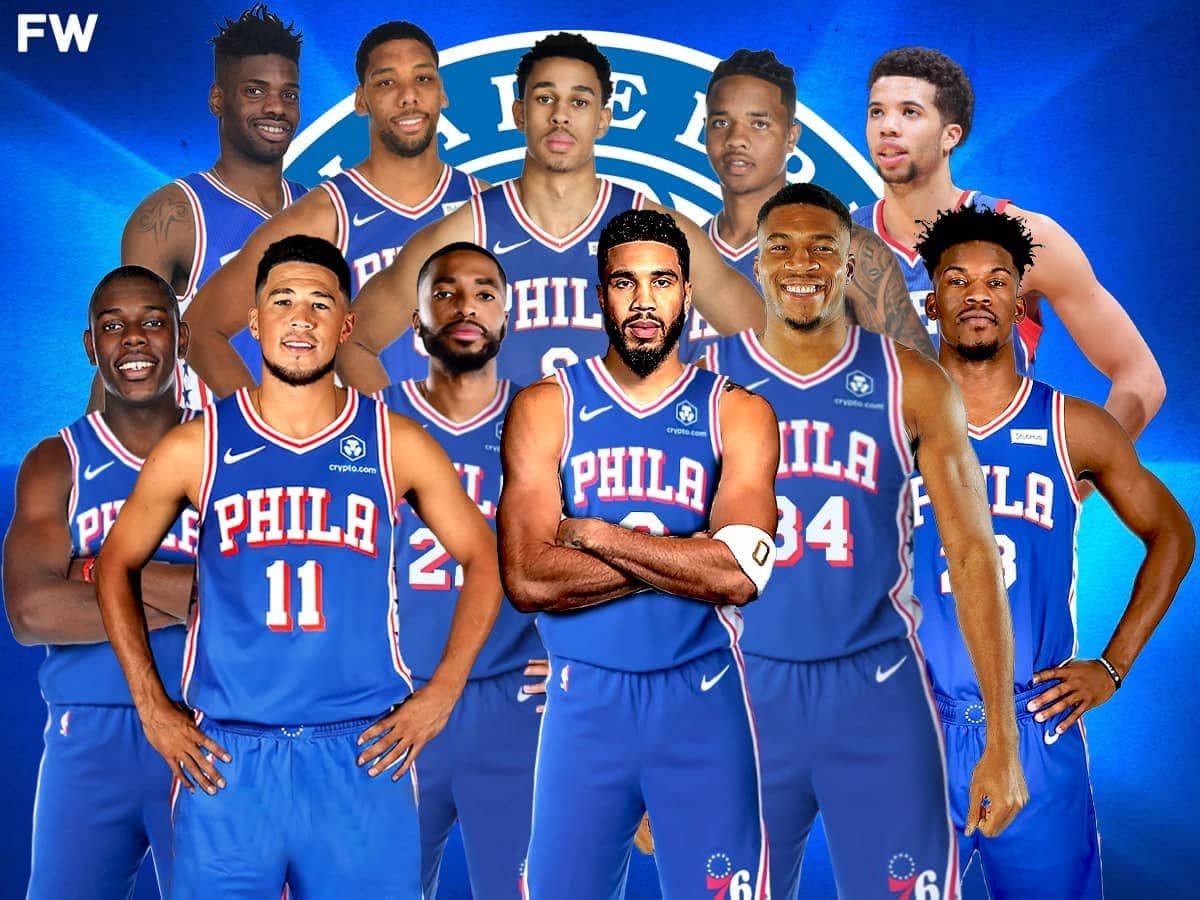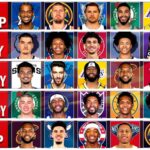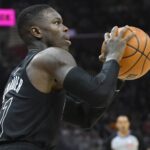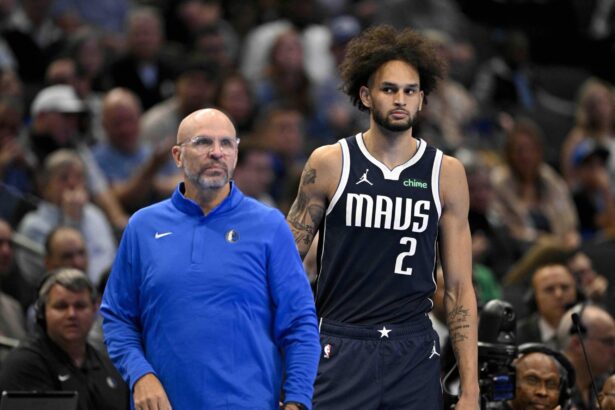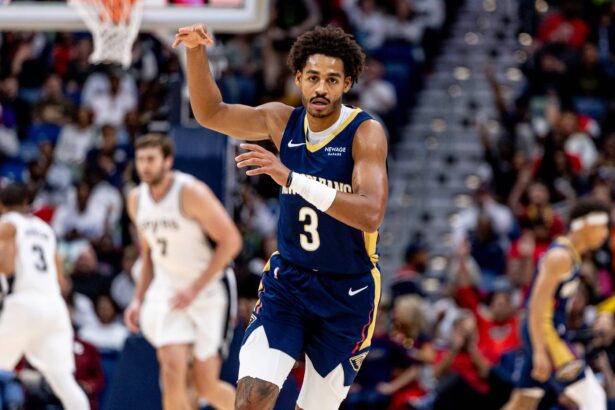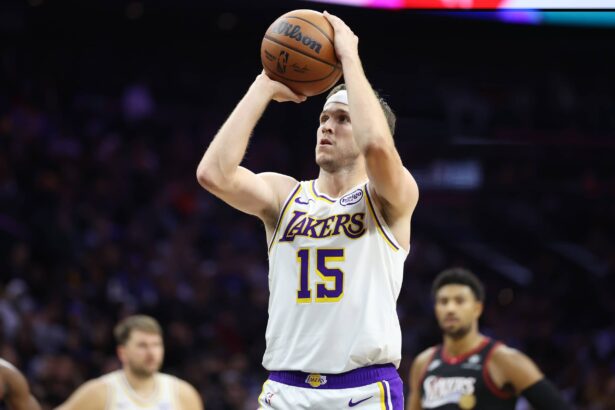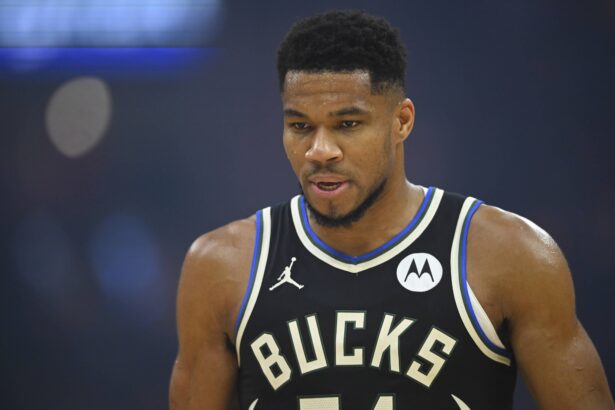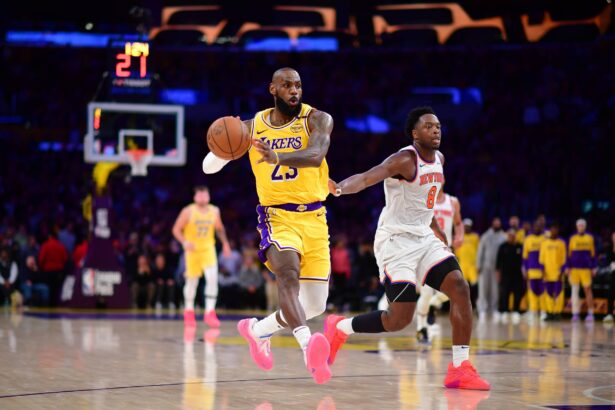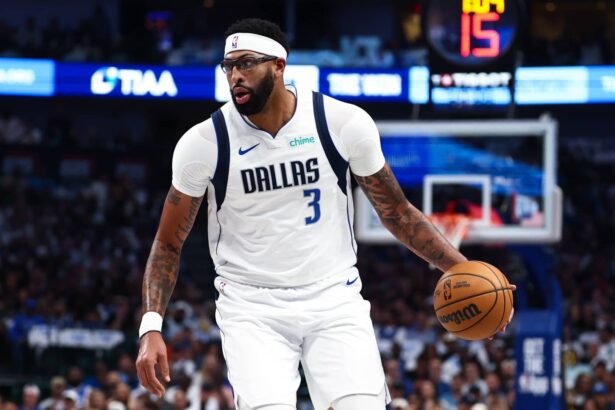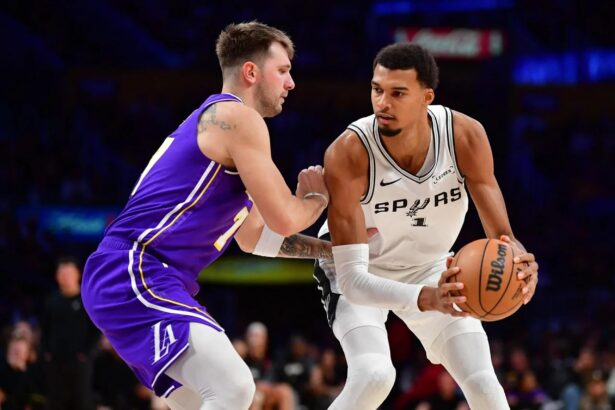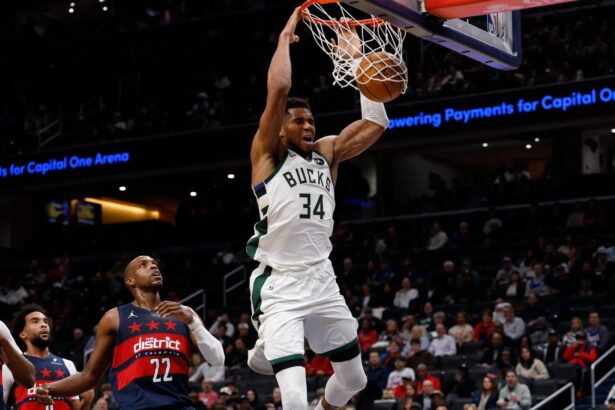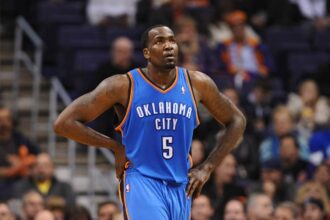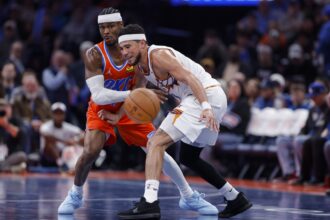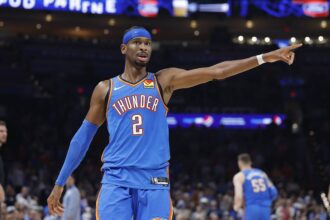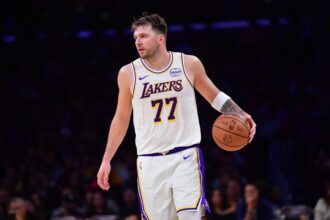The Philadelphia 76ers’ “Process” was supposed to build a dynasty—a slow, methodical approach to stockpiling draft picks, developing young stars, and eventually delivering a championship. But looking back, the road to contention has been anything but smooth. From questionable draft picks to puzzling trades and a coaching carousel that’s left fans dizzy, the Sixers have hit more bumps than expected. Here’s a look at the ten biggest regrets of the 76ers since The Process began, each one a painful reminder of what might have been.
- 1. Trading Jrue Holiday For Nerlens Noel
- 2. Drafting Jahlil Okafor Over Devin Booker
- 3. Trading Mikal Bridges For Zhaire Smith
- 4. The Markelle Fultz Trade And Following Struggles
- 5. Letting Jimmy Butler Walk
- 6. Signing Al Horford To A Lucrative Contract
- 7. The Ben Simmons Saga
- 8. Drafting Michael Carter-Williams Over Giannis Antetokounmpo
- 9. The James Harden Fiasco
- 10. Inconsistent Coaching Decisions
1. Trading Jrue Holiday For Nerlens Noel
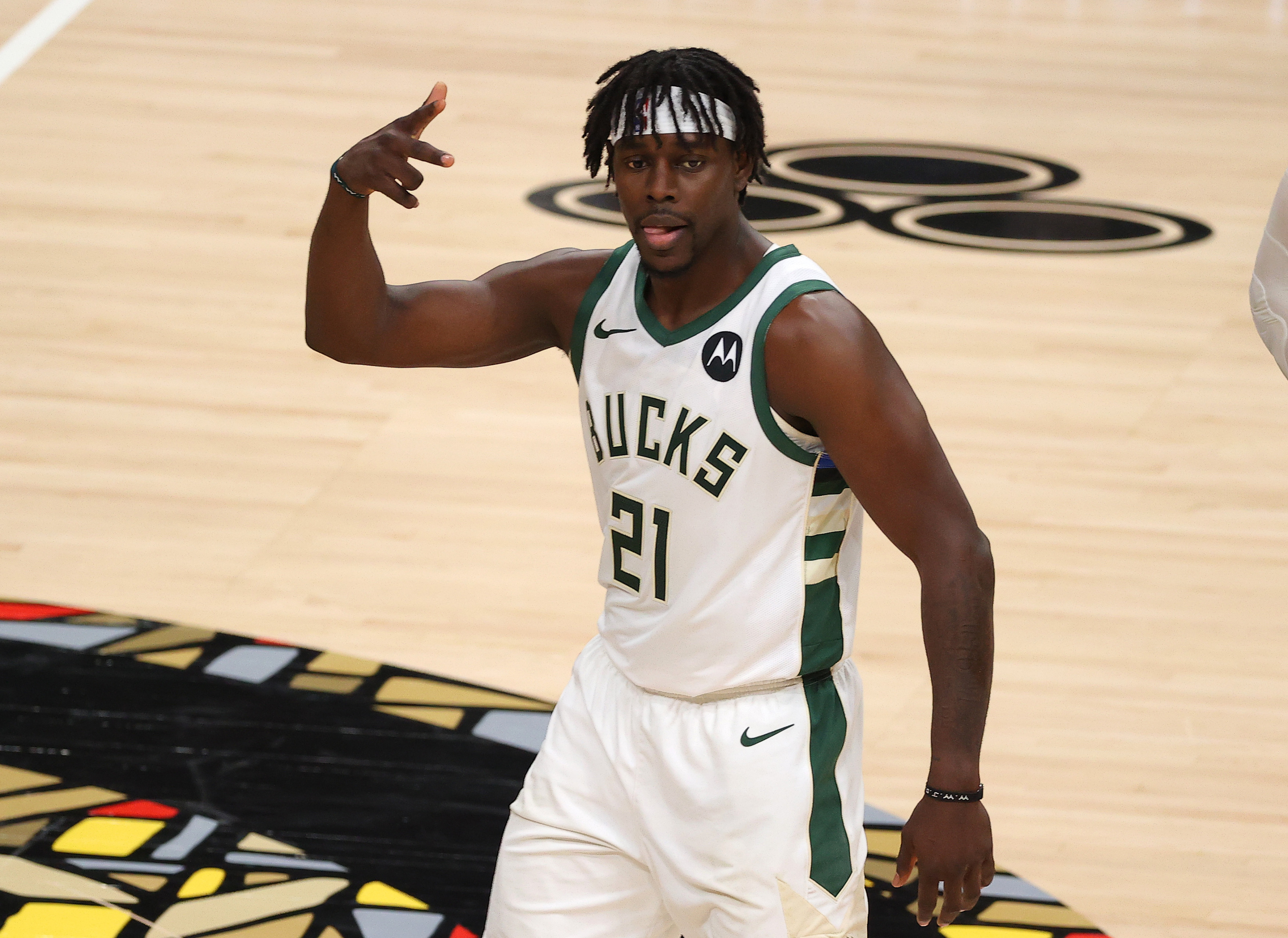
Back in 2013, the Sixers were in a rebuilding mindset and made a move that shocked fans: trading their All-Star point guard, Jrue Holiday, to the New Orleans Pelicans. This trade was seen as a bold, almost reckless, decision, especially since Holiday was coming off his best season and had just been named an All-Star. He was young, skilled, and a fan favorite—exactly the kind of player the Sixers needed as a cornerstone. But Sam Hinkie, the general manager spearheading “The Process,” had other ideas. He traded Holiday for the rights to Nerlens Noel, a big man out of Kentucky, along with a future first-round pick. The Sixers were betting on Noel’s potential, despite his ACL injury that kept him out his entire rookie year.
The risk with Noel was huge, given that he’d suffered a major injury before even stepping onto an NBA court. But Hinkie and the Sixers were focused on the future, seemingly undeterred by Noel’s lengthy recovery time. Unfortunately, when Noel finally debuted, he showed promise but struggled to become the franchise player the Sixers had hoped for. He played solid defense, but his offensive game never really developed. Injuries continued to plague him, and he never managed to reach the potential that Hinkie had envisioned. Meanwhile, Holiday was thriving with the Pelicans, bringing a level of consistency and leadership that the Sixers were missing.
As if letting Holiday go wasn’t painful enough, watching him excel in New Orleans, and eventually in Milwaukee, stung even more. Holiday became one of the league’s premier defenders and a key contributor to the Bucks’ 2021 NBA Championship and the last Celtics’ title run. His skill set, maturity, and leadership were precisely the traits the Sixers lacked as they navigated through the ups and downs of The Process. Every year he spent succeeding elsewhere seemed to underscore what Philadelphia had given up.
Looking back, this trade is often seen as one of the Sixers’ biggest regrets. Holiday, who had all the makings of a long-term star for the franchise, was traded away for a player who never panned out in Philadelphia. This move was meant to be a foundational step in The Process, but it ended up being a painful reminder of what could have been if the team had held onto their young, rising star.
2. Drafting Jahlil Okafor Over Devin Booker

In 2015, the Sixers held the third overall pick in the NBA Draft, a high selection that could potentially turn the franchise around. With Joel Embiid still recovering from injury and uncertain to return, the Sixers were hungry for talent. They decided to go with Duke’s Jahlil Okafor, a talented big man known for his impressive post moves and scoring ability. Okafor was coming off an incredible college season, and his skill in the paint made him look like a sure thing. At the time, Philly thought they were getting a future All-Star who could dominate alongside Embiid—or serve as his backup plan if things didn’t work out with Joel.
But once Okafor hit the NBA, issues started to emerge. In his rookie season, Okafor averaged 17.5 points, 7.0 rebounds, and 1.2 blocks per game—a solid start on paper. However, his lack of defense and limited range quickly became apparent, and his stats dipped over time. By his third season, his numbers had fallen to 6.3 points and 3.0 rebounds per game, and his playing time dwindled. Okafor’s inability to adapt to the modern NBA style, which prioritized spacing, defense, and versatility, ultimately limited his role in Philadelphia and led to his trade and eventual journeyman status.
Meanwhile, the Sixers had passed on a hidden gem in Devin Booker. Drafted 13th by the Phoenix Suns, Booker’s potential was initially underestimated, but he quickly emerged as a dominant scorer. By his second season, Booker was averaging 22.1 points per game, showcasing his shooting range and clutch performance. Over the years, Booker has consistently improved, posting an impressive 27.1 points, 6.9 assists, and 4.5 rebounds last season. Known for his deadly three-point shot and ability to score from anywhere on the floor, Booker has become a multiple-time All-Star and one of the most lethal scorers in the league.
This draft decision continues to haunt the Sixers, as Okafor never became the franchise cornerstone they had hoped. Passing on Booker remains one of those “what if” moments that has fans shaking their heads. The idea of pairing Embiid with a lights-out shooter and shot-creator like Booker is the kind of dynamic duo that could have pushed the Sixers into true championship contention. Instead, they spent years working through a crowded and misaligned frontcourt, missing out on the opportunity to draft a generational talent who could have perfectly complemented Embiid’s skill set.
3. Trading Mikal Bridges For Zhaire Smith
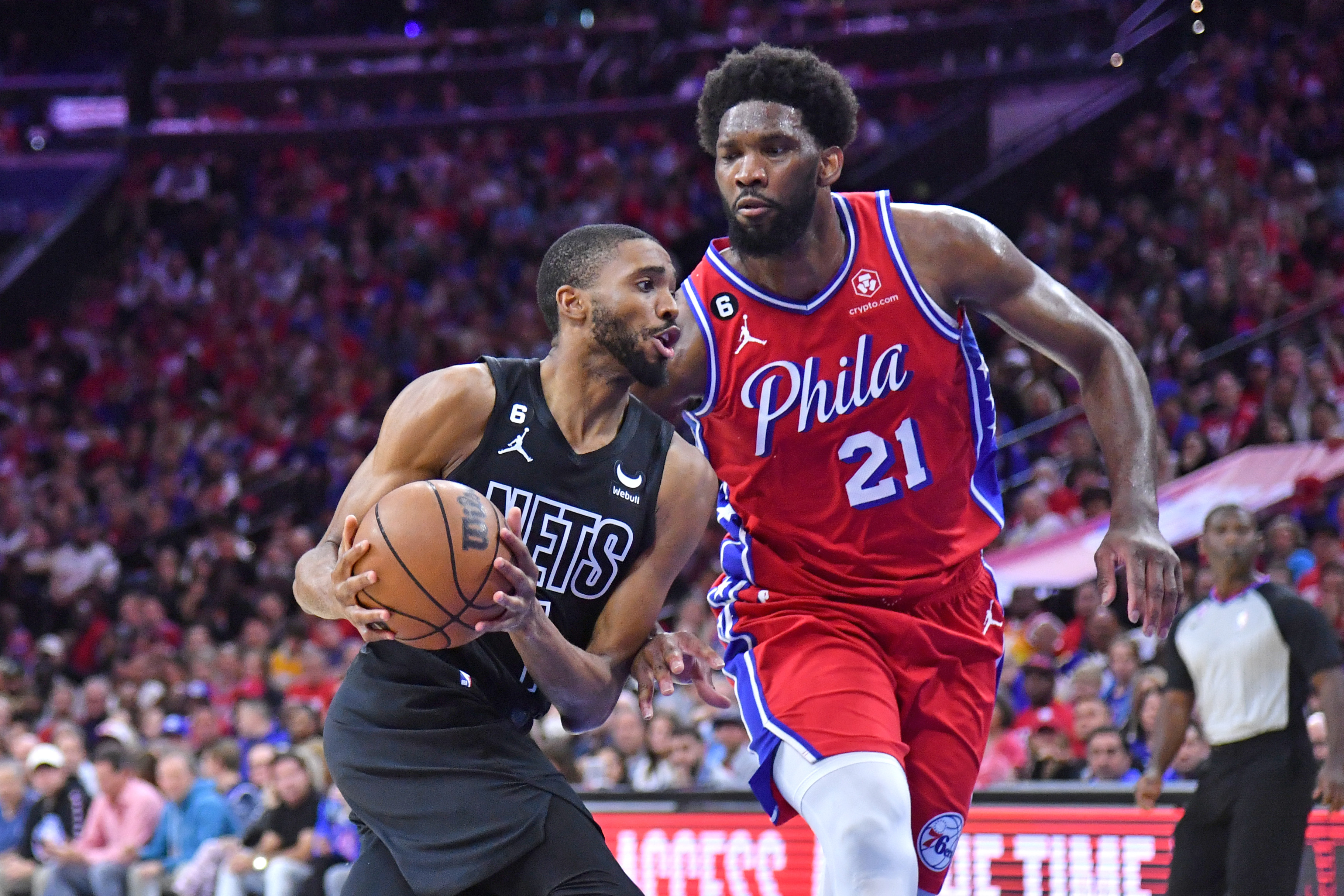
In the 2018 NBA Draft, the Sixers made a seemingly perfect choice by selecting Mikal Bridges, a versatile forward from Villanova. Bridges, a local star, had just won two NCAA championships, and his game seemed tailor-made for the NBA, especially for a team like the Sixers. A skilled defender with a reliable three-point shot, Bridges was projected to be a key piece for the Sixers, who needed a strong wing presence. This pick seemed to check all the boxes, and fans were thrilled to see a hometown hero joining the roster.
But in a surprise twist, the Sixers quickly traded Bridges to the Phoenix Suns in exchange for Zhaire Smith and a future first-round pick. The team believed that Smith’s explosive athleticism and defensive potential offered a higher upside. However, things went south almost immediately. Smith suffered a major foot injury early on and faced a severe allergic reaction that left him sidelined and weakened. In his short time with the Sixers, Smith played only 13 games, averaging a modest 3.7 points and 1.1 rebounds per game before being waived in 2020. He never found his footing in the NBA and was out of the league shortly after.
Meanwhile, Mikal Bridges was flourishing with the Suns, and when he was traded to the Brooklyn Nets in 2023, he elevated his game to another level. In his time with Brooklyn, Bridges averaged an impressive 21.2 points, 4.5 rebounds, and 3.4 assists per game, shooting 44.7% from the field and 37.3% from three-point range. His ability to score, defend, and play major minutes turned him into one of the league’s premier two-way players. His consistent growth since leaving the Sixers has been painful for Philadelphia fans to watch, as he embodies exactly the type of player the team could have used during their playoff pushes.
Now, in the 2023-24 season, Bridges is with the New York Knicks, one of the Sixers’ direct rivals in the Eastern Conference. The Knicks are a team on the rise, and Bridges is set to be a core piece in their future, adding defense, scoring, and experience. With the Sixers and Knicks both vying for positioning in a competitive East, watching Bridges excel on a rival team feels like salt in the wound for Philly fans. His presence on a division rival only underscores the missed opportunity Philadelphia had in 2018 and adds an extra layer of sting whenever these two teams face off.
In hindsight, trading a reliable, high-upside player like Bridges for Smith, who unfortunately couldn’t stay on the court, remains a significant regret for the Sixers. With Bridges now starring for a key competitor in the East, this trade will be remembered as one of the biggest missteps of The Process era—a “what if” that Philly fans will likely be asking themselves for years to come.
4. The Markelle Fultz Trade And Following Struggles
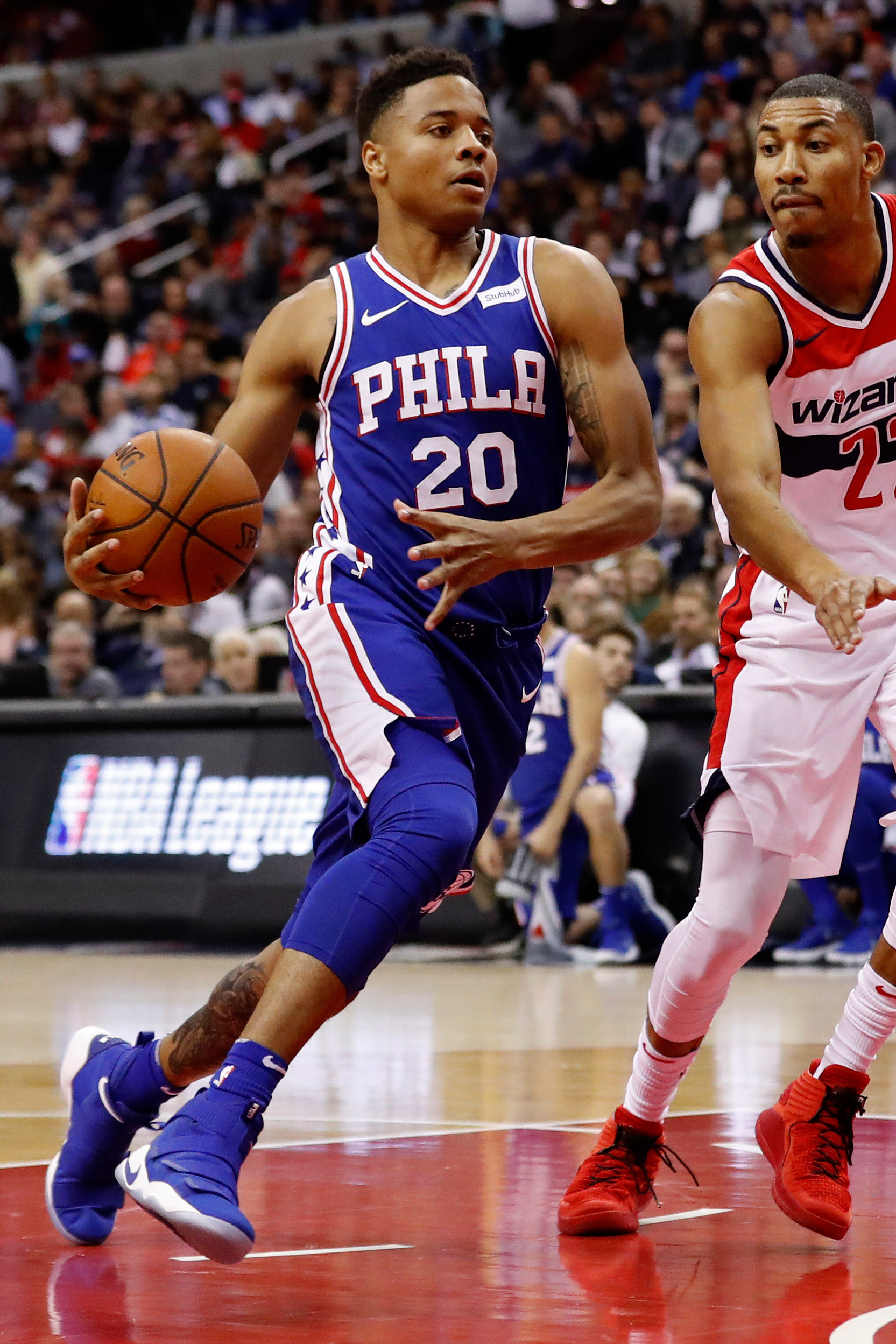
The Sixers held the third overall pick in the 2017 NBA Draft, but they wanted more. Philadelphia made a bold move, trading up with the Boston Celtics to grab the first overall pick, giving up a future first-rounder to secure their spot at the top of the draft. Their target was clear: Markelle Fultz, a dynamic point guard out of the University of Washington who had displayed elite scoring and playmaking skills. Fultz seemed like the perfect fit alongside Ben Simmons and Joel Embiid, adding another layer of offensive firepower to what was shaping up to be an exciting young core.
But almost immediately, things went sideways. Fultz began experiencing shoulder issues that severely affected his shooting form, leading to one of the most confusing and talked-about injuries in recent NBA history. Fultz’s shooting mechanics seemed completely off, and his confidence visibly declined. Despite multiple attempts at therapy, training, and rehab, Fultz’s shooting woes persisted. Over his two seasons in Philadelphia, he played just 33 games, averaging 7.7 points, 3.4 rebounds, and 3.4 assists per game with poor shooting percentages (41% from the field and a dismal 26% from three). He struggled to find any rhythm, and the Sixers’ hopes of him becoming the explosive scorer they had anticipated began to fade.
Meanwhile, the Celtics, who traded down to the third pick, selected Jayson Tatum. Tatum quickly developed into a superstar, becoming a multiple-time All-Star and the centerpiece of Boston’s roster. In the last season, he averaged 26.9 points, 8.1 rebounds and 4.9 assists. He was selected to play in his fifth All-Star while being an All-NBA selection too, and won his first NBA championship with the Celtics. Watching Tatum thrive with a direct rival has been especially painful for Sixers fans, as he became the kind of elite wing scorer and leader Philadelphia desperately needed.
In 2019, the Sixers traded Fultz to the Orlando Magic, officially ending a disappointing chapter that left fans and analysts alike wondering what went wrong. The Fultz situation remains one of the biggest mysteries of The Process era—a player with such immense promise who struggled due to injuries and circumstances largely beyond his control. Had the Sixers stood pat with the third pick and selected Tatum, the franchise’s fortunes might look very different today.
In retrospect, the Fultz trade is widely viewed as one of the biggest regrets of The Process. Giving up assets to move up in the draft for a player who ultimately couldn’t perform due to injury while missing out on Tatum—a player who became a superstar for a direct competitor—continues to be a painful reminder of a move that simply didn’t pan out.
5. Letting Jimmy Butler Walk
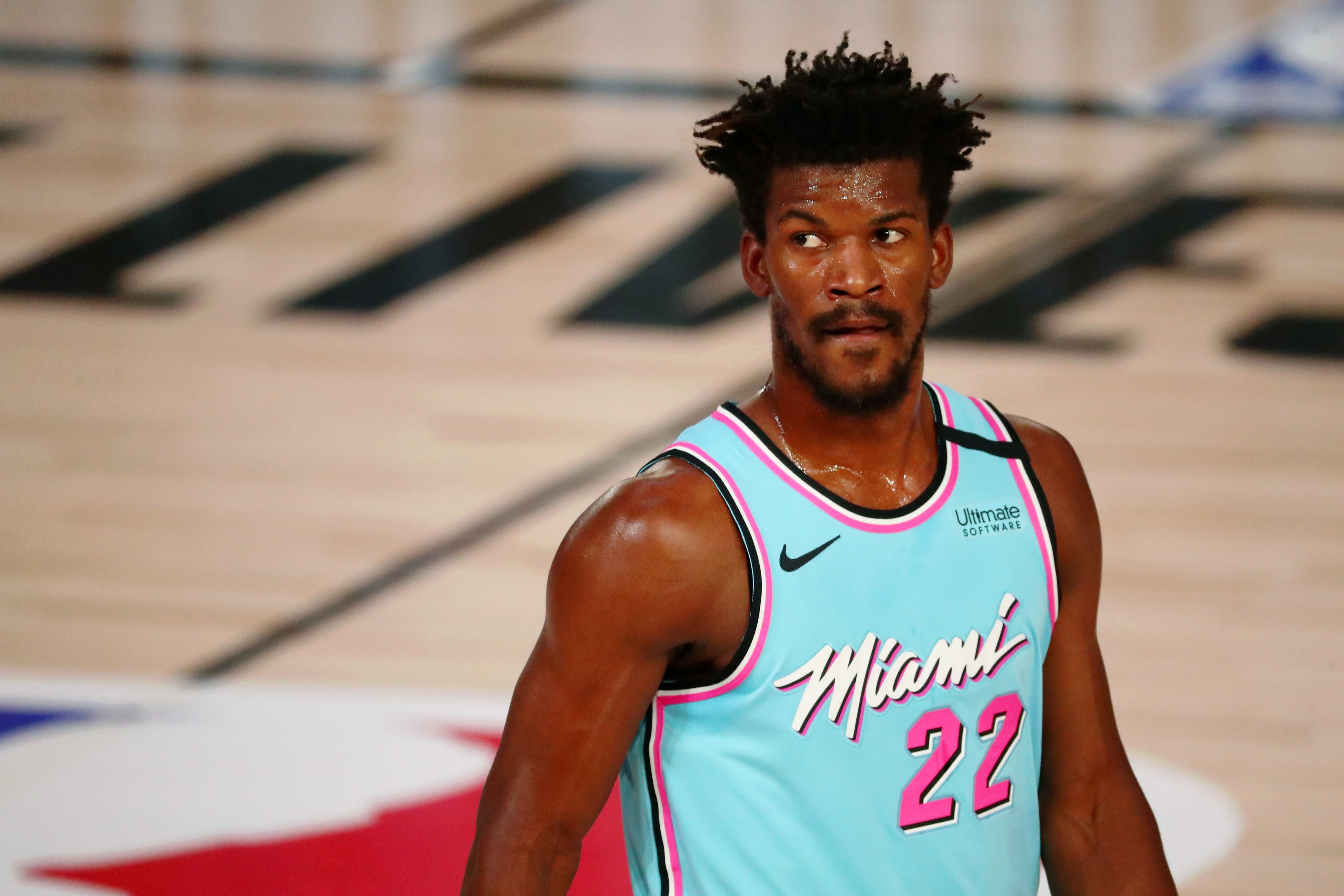
In the 2018-19 NBA season, the Philadelphia 76ers acquired Jimmy Butler, a move that significantly bolstered their roster. During his tenure with the Sixers, Butler played 55 games, averaging 18.2 points, 5.3 rebounds, and 4.0 assists per game. His impact was immediate, providing clutch performances and veteran leadership that propelled the team deep into the playoffs. Butler’s contributions were pivotal in the 2019 Eastern Conference Semifinals against the Toronto Raptors, a series that ended with Kawhi Leonard’s memorable buzzer-beater.
Despite his significant contributions, the Sixers opted not to re-sign Butler in the offseason. Instead, they facilitated a sign-and-trade deal that sent him to the Miami Heat, receiving Josh Richardson in return. This decision was influenced by the team’s commitment to other players, notably Tobias Harris, who was offered a substantial contract extension. Butler later expressed his disbelief at the situation, famously questioning, “Tobias Harris over me?”
While a talented player, Tobias Harris faced criticism for inconsistent performances, particularly in high-pressure playoff situations. In the 2024 playoffs, Harris averaged 9.0 points per game, a significant drop from his regular-season performance. This inconsistency led to scrutiny, after some several seasons where Harris played his role as a third scoring option quite decently, but his production dropped in the postseason.
In the 2024 offseason, the Sixers chose not to offer Harris a new contract, leading to his departure. He subsequently signed a two-year, $52 million deal with the Detroit Pistons. This series of events has left many questioning the Sixers’ decision-making process, especially considering Butler’s continued success with the Miami Heat, where he has led the team to multiple deep playoff runs, including two NBA Finals appearances.
In hindsight, letting Butler walk in favor of retaining Harris is viewed as a significant misstep in the Sixers’ pursuit of a championship. Butler’s leadership and clutch performances have been sorely missed, and the team’s playoff shortcomings in subsequent years have only amplified the regret surrounding this decision.
6. Signing Al Horford To A Lucrative Contract
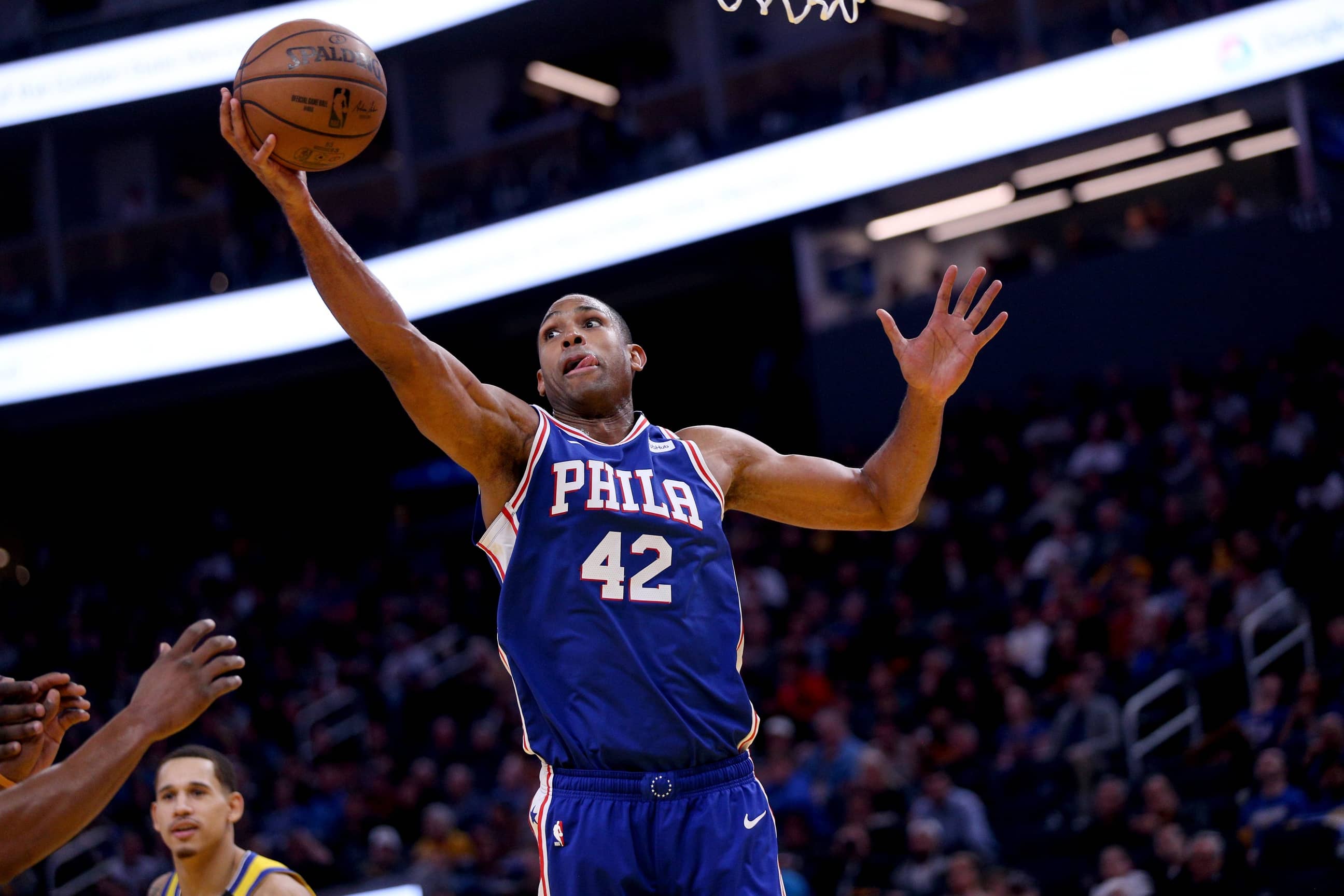
In the summer of 2019, the Sixers made a big move by signing Al Horford to a four-year, $109 million contract. At the time, Horford was considered one of the league’s most reliable big men, known for his high basketball IQ, defensive versatility, and veteran leadership. The Sixers hoped Horford’s addition would provide a strong frontcourt partner for Joel Embiid while also adding depth and stability to a team that had lost Jimmy Butler in free agency.
But the decision to bring Horford in quickly proved to be a poor fit. Horford and Embiid, both natural centers, struggled to play alongside each other. The spacing issues were obvious, as Horford’s shooting wasn’t consistent enough to stretch the floor effectively, limiting the offensive potential of the team. Defensively, the two didn’t mesh well either, often leading to mismatches and a less dynamic style of play. The Sixers’ offense became stagnant, and they lacked the speed and spacing required to compete with the top teams in the league.
By the end of his first season in Philadelphia, it was clear that Horford’s large contract was weighing down the team’s flexibility. He averaged 11.9 points, 6.8 rebounds, and 4.0 assists per game, which, while respectable, didn’t justify the hefty investment Philadelphia had made. The Sixers were eliminated in the first round of the playoffs, and Horford’s performance was a focal point of the criticism surrounding the team’s struggles. His contract became a financial burden, tying up cap space and making it difficult for the Sixers to make other moves to improve their roster.
In the 2020 offseason, the Sixers traded Horford to the Oklahoma City Thunder, along with a first-round pick, in exchange for Danny Green and Terrance Ferguson. While moving Horford relieved some of their cap issues, it came at a cost, as they had to sacrifice draft capital to offload his contract. This signing remains one of the most regrettable moves of The Process era, as it disrupted the team’s chemistry, hampered their cap flexibility, and ultimately led to a disappointing and costly experiment for the franchise.
7. The Ben Simmons Saga
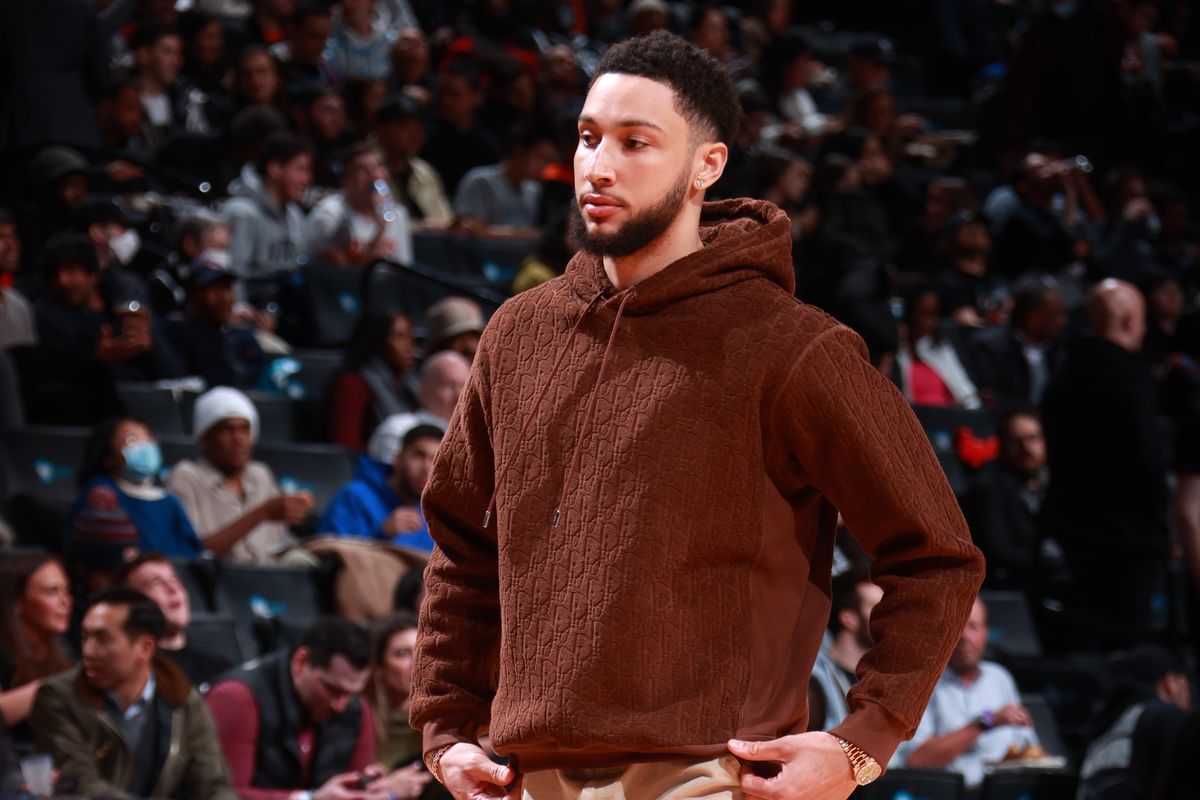
Ben Simmons was supposed to be a Sixers superstar. Drafted first overall in 2016, Simmons was seen as a unique talent—a 6’10” point-forward with elite defense and insane playmaking. He had size, speed, court vision… pretty much everything except a jump shot. For a while, the Sixers overlooked it, hoping he’d develop his shooting. He made an immediate impact, winning Rookie of the Year in 2018 and making the All-Star team multiple times. During his best season (2020-21), he put up 14.3 points, 7.2 rebounds, and 6.9 assists per game with incredible defense, landing on the NBA All-Defensive First Team.
But that shooting—or lack of it—started to haunt him, especially in the playoffs. Things hit rock bottom during the 2021 Eastern Conference Semifinals against the Atlanta Hawks. In Game 7, Simmons famously passed up a wide-open dunk late in the game. Fans couldn’t believe it. Here was their All-Star point guard passing up a shot with the season on the line. Philly ended up losing, and Simmons became the scapegoat. It didn’t help when Doc Rivers and Embiid made post-game comments that sounded a lot like throwing Simmons under the bus.
After that, Simmons was done with the Sixers. He requested a trade, skipped training camp, and held out for most of the 2021-22 season. Philly was stuck in a bad spot—unable to trade him quickly and dealing with constant media drama. Eventually, they sent him to Brooklyn in a huge deal for James Harden. But even that didn’t quite work out the way Philly hoped. Harden provided a short spark, but chemistry issues persisted, and the Sixers’ playoff dreams once again fizzled out early.
Meanwhile, Simmons in Brooklyn? Not much better. Injuries, a lack of scoring, and low confidence saw him averaging just 6.9 points, 6.3 rebounds, and 6.1 assists in the 2022-23 season—far from his All-Star form. It was tough to watch for Sixers fans who’d once dreamed of him leading them to a title.
The whole Simmons saga became a soap opera that left everyone frustrated. Years of development, hope, and investment from the Sixers all went down the drain, leaving fans with nothing but “what ifs.” This whole episode is probably one of the biggest disappointments of The Process, showing just how quickly a promising player’s story can unravel when things go wrong.
8. Drafting Michael Carter-Williams Over Giannis Antetokounmpo
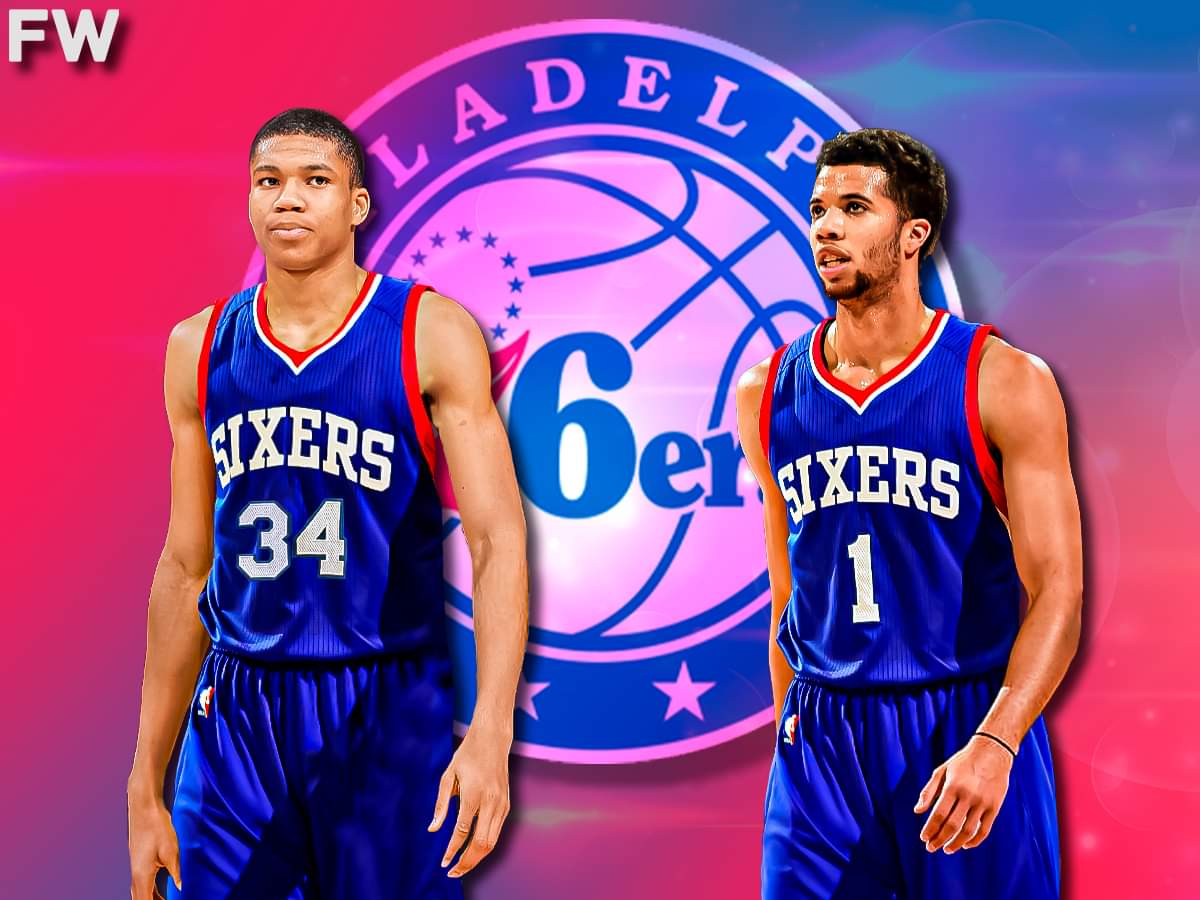
Ah, the infamous “what if” that haunts every Sixers fan. Back in the 2013 NBA Draft, Philly had the 11th pick and decided to go with Michael Carter-Williams, a tall, athletic point guard out of Syracuse. MCW, as he was called, actually got off to a killer start. He dropped 22 points, 12 assists, and 9 steals in his debut, and Sixers fans thought they’d struck gold. By the end of his rookie season, he was averaging 16.7 points, 6.2 rebounds, and 6.3 assists per game—good enough to snag Rookie of the Year. The Process was in full swing, and MCW looked like a solid building block.
But as it turns out, that rookie season was a bit of a fluke. He couldn’t shoot consistently (barely hitting 26% from three his rookie year) and was turnover-prone. The Sixers eventually traded him away to the Bucks in 2015, and his career kind of fizzled after that. Philly moved on, but fans couldn’t help but think about who they could have had if they’d gone a different direction.
And who went just a few picks after MCW? None other than Giannis Antetokounmpo. A two-time MVP, 2021 NBA Champion, and human highlight reel. The Greek Freak was a bit of a mystery in 2013, a lanky kid from Greece who most scouts saw as a big project. But the Bucks took a chance on him at No. 15, and he exploded. Now, he’s one of the most dominant players in the league. In the 2023-24 season, Giannis averaged 30.4 points, 11.5 rebounds, and 6.5 assists per game, earning his eighth All-Star selection. As of the 2024-25 season, he’s continuing his dominance, averaging 30.1 points, 12.8 rebounds, and 5.3 assists per game.
It’s tough to imagine what the Sixers would look like if they had picked Giannis instead. Pairing him with Embiid? That’s a duo every fan can only dream of. Instead, they’re left wondering how different things could have been if they’d taken a swing on Giannis, even as a project, rather than settling for a short-lived Rookie of the Year. This miss is one that’ll haunt Philly fans for a long time.
9. The James Harden Fiasco
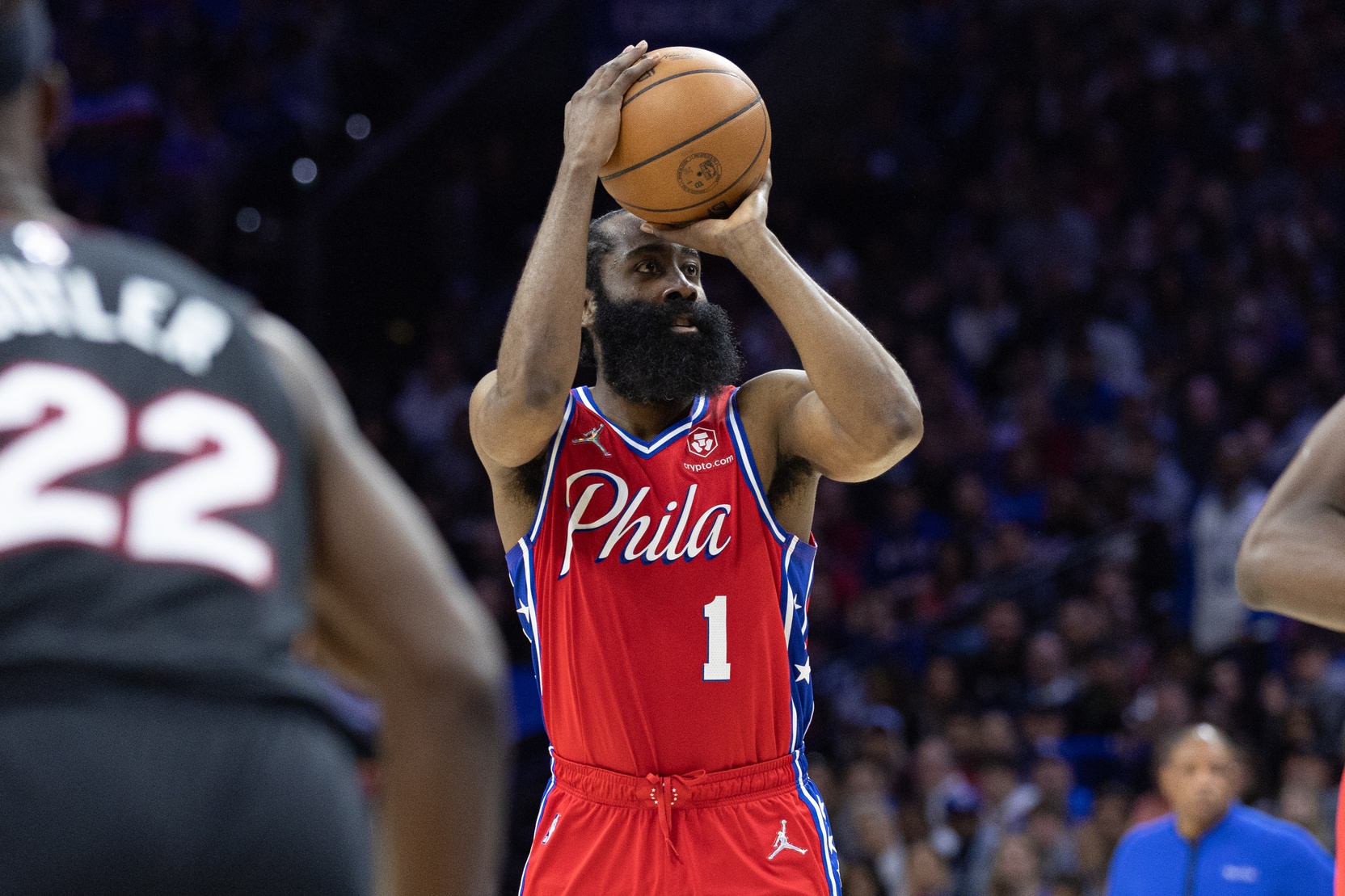
The Sixers thought they were getting a game-changer when they traded for James Harden in early 2022, sending Ben Simmons (and all the drama that came with him) to Brooklyn. Harden was a former MVP, a ten-time All-Star, and one of the best offensive talents in recent NBA history. It felt like the perfect fit: Harden’s playmaking alongside Joel Embiid’s dominant scoring in the paint. Sixers fans were ready to see this new duo go deep in the playoffs and finally end the championship drought.
But things didn’t quite pan out. Harden had some solid moments, sure—he averaged 21.0 points, 10.7 assists, and 6.1 rebounds per game in the 2022-23 season, numbers that look great on paper. But the chemistry just wasn’t there when it mattered. Philly got knocked out in the second round of the playoffs again, and rumors started swirling about Harden’s dissatisfaction with the team. He wanted more freedom on offense, and the clash between his style and Embiid’s inside-focused game became more obvious.
Things hit a breaking point in the 2023 offseason. Harden requested a trade and then went all in on making his frustrations known. He called out Sixers GM Daryl Morey publicly, famously labeling him a “liar” and swearing he’d never play for a team that Morey was part of. The whole situation turned into a media circus, with Harden holding out and the Sixers scrambling to manage the fallout.
Eventually, Philly traded Harden to the Clippers, but it wasn’t exactly a blockbuster return. The Sixers got back a package of role players and future picks, leaving fans disappointed and questioning what could have been. Harden’s time in Philly was short and messy, and it left the team scrambling for answers as they tried to build a contender around Embiid.
In the end, the Harden saga became yet another chapter in the Sixers’ string of failed big-name acquisitions. From Simmons to Fultz to now Harden, the Sixers have had plenty of high-profile players who just didn’t pan out as planned. Fans can’t help but wonder if all this time, energy, and drama had been better spent building around Embiid with a more stable roster instead of constantly chasing star power.
10. Inconsistent Coaching Decisions
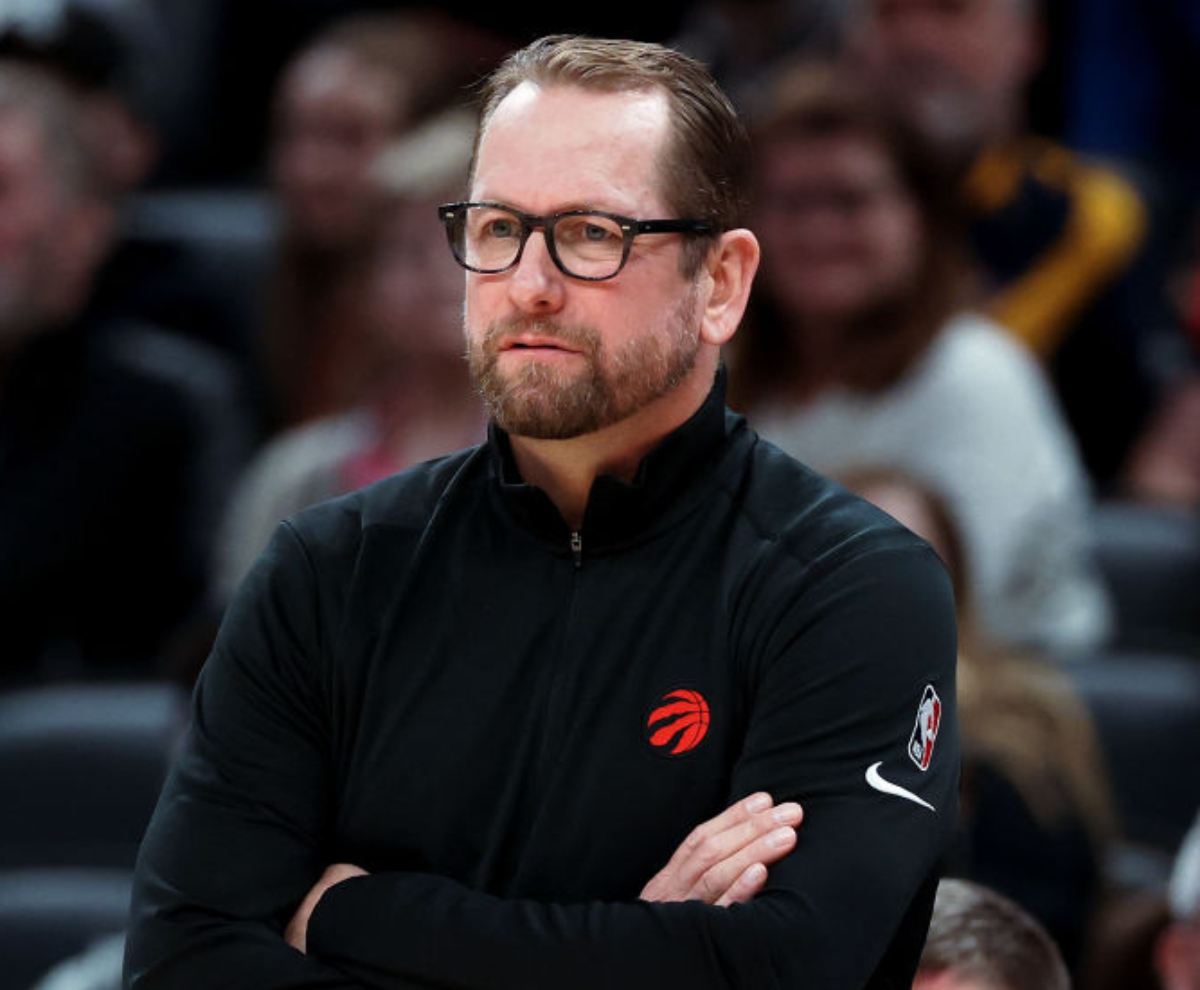
One of the most frustrating parts of The Process era? Philly just can’t seem to lock down a coach. The Sixers have cycled through a string of head coaches, each bringing different approaches, but none able to push the team over the finish line.
It all started with Brett Brown, who was hired in 2013 to steer the ship through the rough waters of tanking and rebuilding. Brown’s job wasn’t easy—he had to balance player development, manage a revolving door of lineups, and take on seasons where losing was basically the goal. When Embiid, Simmons, and the rest of the young core started to gel, though, Brown’s weaknesses came to light. The Sixers kept coming up short in the playoffs, and by 2020, after a tough sweep in the first round, Philly decided it was time to move on.
Enter Doc Rivers in 2020. Rivers, a championship-winning coach, was expected to bring stability, leadership, and that extra playoff spark. In the regular season, Doc did his thing—the Sixers finished at the top of the East in 2021, with Embiid putting up MVP-caliber numbers. But the playoffs were another story. Year after year, Doc’s Sixers found themselves falling apart in crunch time, usually in the second round. Fans were fed up with Doc’s refusal to adjust his rotations and the lack of playoff results. After the 2023 playoff exit, Doc was out, and the Sixers were back to square one.
Philly decided to take a new direction and hired Nick Nurse, who had led the Raptors to an unexpected title in 2019. Known for his creative play-calling and adaptable defense, Nurse felt like the kind of coach who could shake things up. His first season with Philly in 2023-24 saw the Sixers finishing with a respectable 47-35 record amid a series of long injuries, but they got bounced in the first round of the playoffs—a major letdown for a team still looking for playoff success.
Fast forward to the 2024-25 season, and Nurse is back for his second year, now focused on building chemistry and shoring up the team’s defensive identity. The season hasn’t started great, with Philly sitting at a rough 1-7 record without Joel Embiid and new signing Paul George, both down with injuries. Fans are already a little on edge, wondering if Nurse will really be able to get this team over the playoff hump or if he’s another piece in the Sixers’ endless coaching carousel.
After years of switching coaches and missing out on consistent leadership, Philly’s coaching inconsistency is one of the biggest question marks surrounding their future. While Nurse might have what it takes to finally deliver, the Sixers’ constant turnover has left everyone skeptical. Fans are just hoping this coaching choice doesn’t become another entry on the long list of “what could have been” moments in Sixers’ history.

